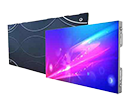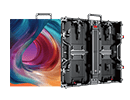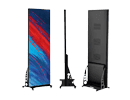Skrin LED Lutsinar Price is one of the first things buyers consider when exploring this cutting-edge display technology. In the world of modern digital signage and architectural design, transparent LED screens are becoming a game changer. With their ability to deliver vivid visuals without blocking natural light or views, these screens are transforming how businesses present content. Whether you’re a retail brand enhancing your storefront or a company designing a high-tech showroom, understanding the cost behind the innovation is essential.
The answer isn’t as straightforward as quoting a single number. Transparent LED screen price varies significantly based on a few key factors that every buyer should know before making a decision.
1. Pixel pitch and resolution of LED transparent screen
Pixel pitch is one of the primary elements affecting the price. It refers to the distance between two pixels on the screen. A smaller pixel pitch means higher resolution and clearer image quality, but it also comes at a higher cost. For example, a screen with a 3.9mm pixel pitch will be more expensive than one with a 10mm pitch. However, if your installation is intended for close-up viewing—like in retail stores or exhibition booths—investing in a smaller pitch is worth it.
Example Pixel Pitch Comparison Table
| Model | Pitch Piksel (mm) | Recommended Viewing Distance | Resolution (Per sqm) | Estimated Price (USD/sqm) |
| T3.91 | 3.91 | 3 – 5 meters | High | $2,800 – $3,500 |
| T5.2 | 5.2 | 5 – 8 meters | Medium-high | $2,200 – $2,800 |
| T7.8 | 7.8 | 7 – 12 meters | Medium | $1,500 – $2,500 |
| T10 | 10 | 10 – 15 meters | Low-medium | $1,200 – $2,000 |
| T15 | 15 | 15 meters and above | Low | $900 – $1,500 |

What Determines Transparent LED Screen Price?
Pixel Pitch and Resolution
√ Smaller pitch (e.g., P3.9): Higher resolution for close viewing (2,800−2,800−3,500/sqm)
√Larger pitch (e.g., P10): Lower cost but suited for distant viewing (1,200−1,200−2,000/sqm)
Smart Buying Tips
Brand vs. Generic Options
√ Big Brands (Samsung/LG): 20-30% premium for warranty support
√ Chinese Manufacturers: Same tech at 40% lower cost (verify certifications like ISO9001)
2. Screen Size and Customization
Naturally, the larger the screen, the higher the price. But what’s often overlooked is how customization influences the cost. Transparent LED screens are often custom-built to fit specific window frames, walls, or facades. This customization may include unique shapes, flexible screen panels, or frameless designs, all of which can drive up the total price.
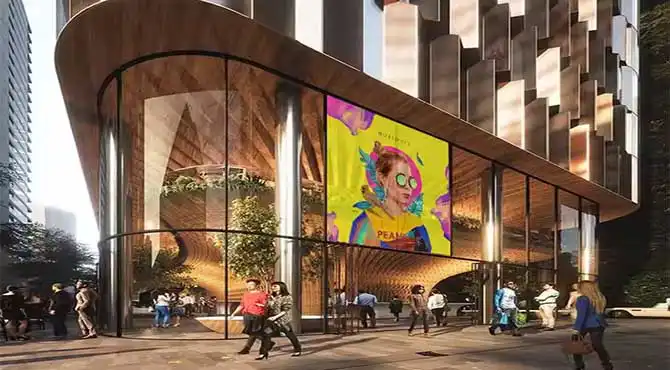
3. Brightness and Transparency Rate
Brightness is measured in nits and determines how well the content can be seen in bright environments. High-brightness screens suitable for outdoor or sunlit indoor areas typically cost more. Additionally, the transparency rate—how much natural light the screen lets through—affects pricing. Screens with higher transparency (e.g., 70%-90%) usually require more sophisticated technology, adding to the overall cost.
4. Installation Environment
Where you plan to install the screen also matters. Indoor and outdoor transparent LED displays are built differently. Outdoor screens need to be weather-resistant, more durable, and brighter, which raises the cost. Indoor screens, while less demanding in terms of durability, still need to fit seamlessly into the architectural design, sometimes requiring structural changes or additional mounting support.
5. Brand and Quality of Materials
Many buyers assume that only well-known brands can deliver high-quality transparent LED screens, but that’s not always the case. While big names often charge more due to brand recognition, smaller or emerging manufacturers may offer similar—sometimes even better—product quality without the hefty brand premium. These companies often focus more on R&D and customer satisfaction to build their reputation, which can result in competitive pricing and excellent performance.
In fact, many transparent LED screens made by lesser-known brands come from the same industrial supply chains and use comparable materials as those from top-tier companies. By choosing a trusted smaller manufacturer, businesses can access reliable, high-performance screens while keeping their budget under control.
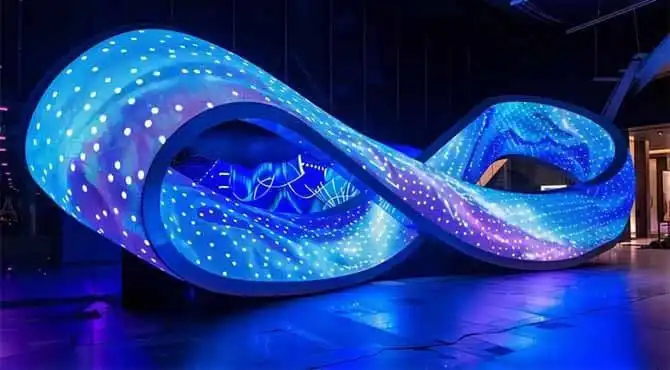
6. Controller Systems and Smart Features
Modern transparent LED screens often include smart features such as remote control, content scheduling, and real-time monitoring. These advanced controller systems make operation more efficient but also contribute to a higher price point. If ease of use and automation are priorities for your business, it’s worth considering these value-added features.
7. Shipping, Import, and After-Sales Support
When calculating the transparent LED screen price, don’t forget to factor in shipping and import costs, especially for international orders. Some companies provide turnkey solutions that include delivery, installation, and after-sales support. This can add convenience but also comes at an extra cost. However, sourcing directly from manufacturers, especially those based in countries like China, can offer significant cost savings.
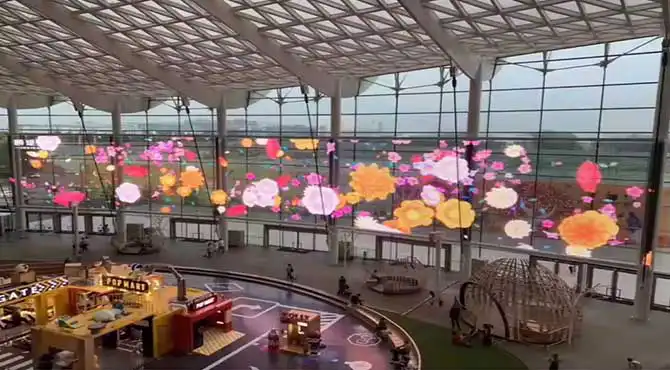
8. Transparent LED Screen Price in 2025: Full Cost Breakdown & Buying Guide
The price of a transparent LED screen typically ranges from 1,200 1,200kepada5,000 per square meter, depending on pixel pitch, brightness, and installation environment. Retail storefront screens (P3.9-P5.2) usually cost 2,800−2,800−4,500/sqm, while outdoor billboards (P10-P15) can go up to $6,000/sqm.
FAQ:
Q: What’s the cheapest transparent LED screen?
A: Basic P10 indoor models start at $900/sqm, but avoid for high-traffic areas.
Q: Are used transparent LED screens worth it?
A: Risky – degraded brightness/color accuracy often costs more to fix than buying new.
Q: How much does installation cost?
A: Typically 200−200−500/sqm for complex architectural integrations.
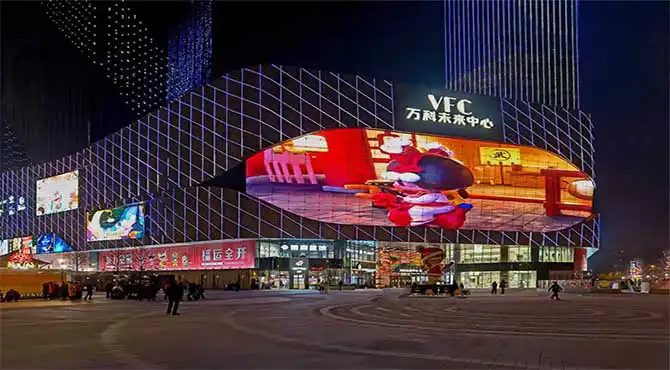
A transparent LED screen is more than just a display—it’s an investment in branding, customer engagement, and modern aesthetics. Choosing the right screen involves balancing quality, performance, and price. While upfront costs can seem high, the visual impact and long-term durability make it a valuable addition to any commercial space.
It’s essential to compare quotes, check product specifications carefully, and evaluate the reputation of the supplier. Consider future needs such as scalability, maintenance, and software compatibility when finalizing your purchase.
Transparent LED screen technology is evolving rapidly, and prices continue to become more competitive as adoption grows. With a clear understanding of what drives costs, businesses can make informed decisions that match both their budgets and visual ambitions.

